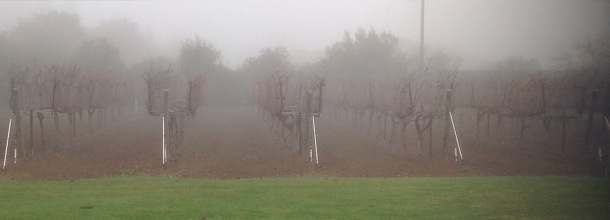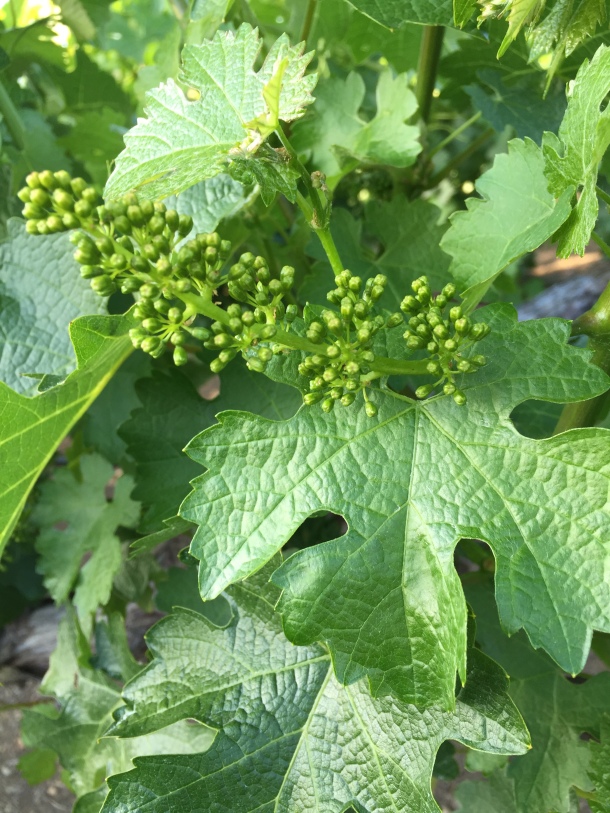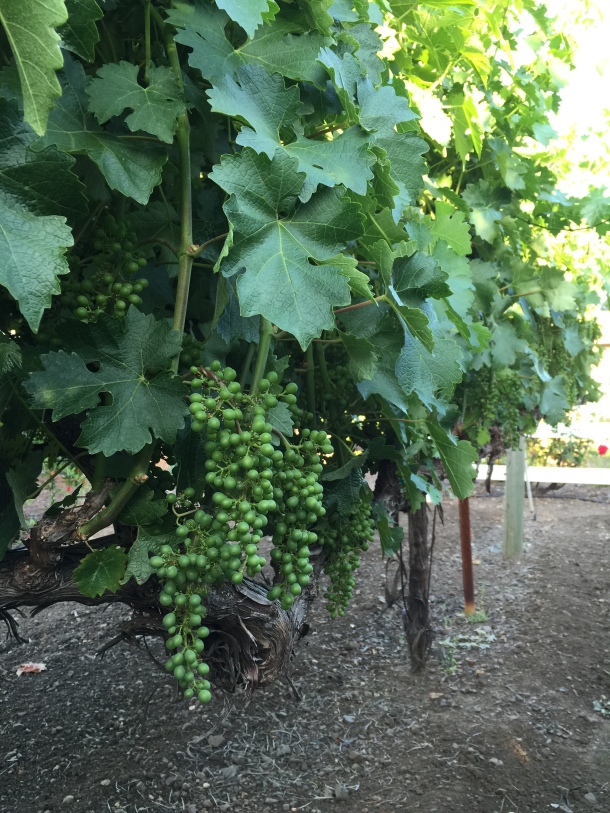Paleo Update Saturday, my father-in-law was released into hospice care to begin his end of life days. When these times of intensity happen in life, it throws us into a different dimension of activity outside our normal routine. “Regular” life stops for a bit to be replaced by weird schedules, by unusual demands and activities only needing to be done a few times throughout a whole lifetime. How many times does a non medical professional order a hospital bed, empty a catheter bag, etc.
I am learning a few key survival skills for times of intensity or crisis, especially if you are on a “true” Celiac diet, which is no grain whatsoever, ever:
1. Keep safe snacks on hand and packed in a “to go” bag that you can grab at a moment’s notice. You never know when you will get a chance to eat or find a restaurant or store where you can get safe food when jumping in the car to be by a loved one’s side. (I like bags of plain plantain chips, Trader Joe’s marcona almonds, and an apple as a bare minimum. If I have more time, I make a meal-salad in a mason jar, Paleo chocolate cookies, and a shaker jar with a scoop of Paleo friendly protein powder, and little snack baggies of each meal’s vitamin supplements.)
2. Do not skimp on good nutritious foods. Make yourself drink that veggie or protein drink, even if it is the last thing you want to do. Your body will keep you going in good form throughout the duration of intense stress because of it. (Do not cheat on the diet. It will only weaken your ability to handle the stress. The stress is making your body work overtime already.)
3. Get fully presentable (shower, wash hair, make-up, etc) every morning. You may have to go to a group gathering at a moment’s notice where you would be embarrassed in schlocky sweats and ratty T shirt.
4. Keep the gas tank of your car full at all times.
5. Bring enough water bottles to get through a 12 hour period. Hospitals and emergency agencies hide the water; I swear. Plus, even though you are doing essentially nothing–at least nothing physical—when sitting by a sick person’s bed, time disappears. Your thirst can rage. Your blood sugar can drop.
6. Try to get a good amount of sleep.
7. Try to keep up with your exercise routines. (I must admit; this is the one that I let slide most often. Sleep always seems to win over exercise.)
If you can keep on top of just these foundational things, it will help you manage the unusual time and activity demands in fairly good form, relatively speaking, until normal life can be resumed. This post is for all those attending last days of loved ones, attending births, or going through any of a myriad of life’s intense once-in-a-lifetime moments.
Below is the recipe to one of my favorite Paleo cookie recipes. This recipe by Carol Lovett is from her cookbook, The Grain-free Snacker. Check out her blog, Ditch the Wheat.
Double Chocolate Chip Cookies
Ingredients
2/3 cup coconut palm sugar
1/3 cup extra virgin coconut oil
2 large eggs
1/4 cup unsweetened cocoa powder
3 tablespoons sifted coconut flour
1 teaspoon vanilla extract
1/4 teaspoon baking soda
1/8 teaspoon sea salt
1/2 cup dark chocolate chips, (I use Enjoy Life big chunky chocolate bits, because there is no soy, no dairy, no grain. Plus, who doesn’t love a big chunk of chocolate in their cookies.)
Yields 14 cookies
Directions
1. Preheat oven to 350* F. Line a baking sheet with parchment paper.
2. Using a mixing machine, mix together the sugar and coconut oil.
3. Slowly add one egg at a time to the mixture. Add the cocoa powder, coconut flour and vanilla, and mix until incorporated. Lastly, stir in chocolate chips.
4. Drop the cookies by spoonfuls onto the baking sheet, at least 2 inches apart.
5. Bake for 12 minutes.
6. Let the cookies cool for a few minutes on the baking sheet before moving them to a wire rack to cool.
Note: Check out her blog or cookbook to get the extra notes for the prep of these cookies. I just included the basic directions. She gives more detail in her official recipe.
My Directions: In all honesty, I melt the coconut oil in a Pyrex measuring cup in the microwave; throw the rest of the ingredients sans the chocolate chips in a big Tupperware bowl; then add the oil when melted; stir like crazy with a wooden spoon; add two handfuls of chocolate chips; stir; plop on the parchment paper and bake. They always turn out great (except the time I used an egg substitute for my grandson who is allergic to eggs. Flat as a pancake that time.)
As you can tell, I usually cook without recipes. When I use them, I rarely follow directions completely, which does not always make for great baking success, but these cookies turn out in spite of my cavalier ways. (The Naked Chef, Jaimie Oliver, epitomizes my style of cooking. Love when he says in his cookbooks or on his show…”pour in a couple of glugs” of the designated liquid, but I digress.) Seriously, these cookies have become my Paleo comfort food during times of stress. I recommend always having a batch on hand. I know I do. They freeze well, too.
Hats off to Carol Lovett and this yummy recipe!









 Photo taken from the hills behind Gundlach Bundschu
Photo taken from the hills behind Gundlach Bundschu 













